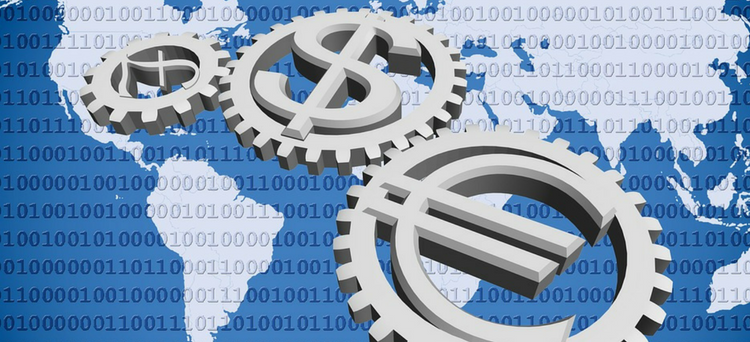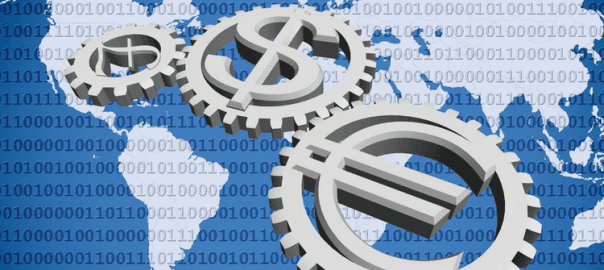While taking your business global holds the promise of new markets, a larger client base, and bigger profits, no company should rush headfirst without adequate preparation. In a previous article on One to One Corporate Finance we discussed ways for investors to evaluate the best business to buy. In this instalment, we would like to provide you with four ways you can evaluate whether your business is ready to move from the local to the international market.
Have You Chosen the Right Market to take your business global?
Before plunging your business into a foreign market, ask yourself which market is the right one for your operation? Is it established enough locally to support your expansion, and have you done the necessary market research and chosen the right country and segment to penetrate? Entry into foreign markets can be costly and consume vast management time and resources, doubly so if the country’s economy is stagnating. Expanding into a country like the UK for example, which is going through economic uncertainty due to the fallout from Brexit, might not be propitious to your new foreign operation. Nadex documeted that there has been underlying weakness in the Pound due to the flagging UK economy. The Financial Times also reported that one in seven European companies with UK suppliers had moved their business out of Britain as a result of this uncertainty. Once you’ve weighed these factors and chosen wisely, only then can you set your sights internationally.
Is Your Product Ready to take your business global?
Once you’ve determined how to set a proper foothold locally, you must now look at your product and determine whether it is ready for international exposure, or are there issues that might hold you back? Based on the product gap analysis, it is essential you take the necessary steps to make your product market-ready. Fast Company recommend being prepared re-think your product strategy, as it may not be a sure hit the first time. Determine whether product localisation is required in your target market, and initiate a patent and trademark review to protect your intellectual property and ensure you’re complying with local standards. If you fail the first time it could be an indication that you didn’t take the right approach to fully localise the product. Go back to the drawing board and rethink your strategy.
Organisational Readiness & Operations
You’ve now determined your product is ready for international exposure, the next step is to take into consideration the cultural differences, regulations, and customs of your target market. Business journalist Michael Evans suggests that a company must be flexible in the policies and procedures it implements in international operations. This will ensure that the company’s vision is being executed effectively. Policies and procedures must be in place to comply with local labour and employment standards. You must also decide on the appropriate level of direct presence in the region to manage your operation; will you need local partners to handle specific aspects, or will you be self-sufficient and dependent on your own staff? Some companies need their sales and support teams on the ground for example. Depending on the nature of your operation, your needs will vary.
You Have Suppliers & Customers
Having taken into consideration the company requirements, it’s time to consider your supply chain as well as marketing and customer base. Entrepreneur reveals that it’s essential to be able to find trustworthy suppliers who will deliver and adhere to agreed payment terms, as it will be vital to your international success and your ability to deliver to your customers. Having a reliable supply chain in place will guarantee that your product will reach your customers. As such, by providing a reliable middleman to facilitate secure transaction, your customers will feel comfortable sending money to a foreign company with which they have never worked with before, and you’ll rest easy knowing that you will receive those payments in exchange for your products. Once you’ve determined the necessary platforms and supply chain possibilities, you’re ready to consider the next steps in your global expansion.




